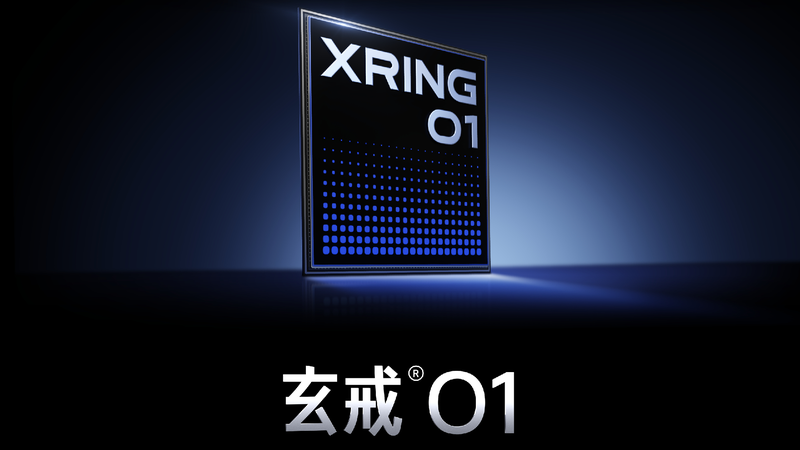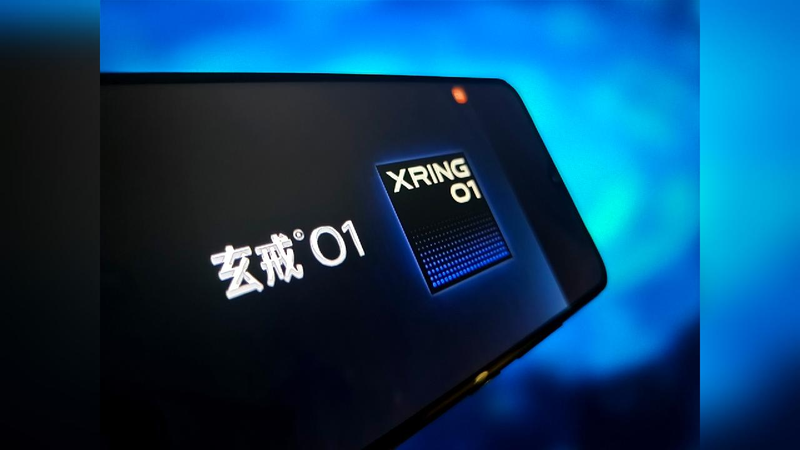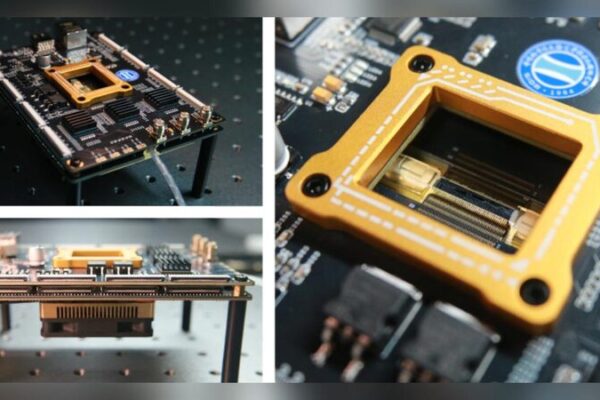Imagine a smartphone that lasts for weeks on a single charge, a laptop that edits 4K videos in seconds, or a smartwatch that detects health issues before symptoms appear. These breakthroughs hinge on one tiny but mighty innovation: the 2nm chip.
Chips are the brains behind our favorite gadgets, and making them smaller means making our devices faster and more efficient. But what exactly does “2nm” mean? Interestingly, the “nanometer” label has evolved into more of a marketing term rather than a precise measurement of transistor size. Smaller nanometer numbers indicate more advanced chip-making technologies.
Why does this matter? Shrinking the size of chips allows more transistors to fit on a single chip, boosting performance and reducing power consumption. Tech giants like Apple and Intel are racing to develop 2nm chips to stay ahead in the competitive market.
Behind the scenes of this technological race is an unsung hero: ASML, a Dutch company that produces the advanced machines needed to create these tiny chips. ASML’s extreme ultraviolet (EUV) lithography systems are essential for printing intricate circuits onto silicon wafers, enabling the production of cutting-edge chips.
Many of the world’s leading chips are manufactured by companies like Taiwan Semiconductor Manufacturing Co. (TSMC) in the Taiwan region, Intel, and Samsung. These companies rely heavily on ASML’s technology to fabricate their advanced chips.
Access to ASML’s machines is crucial in the global chip race. Some regions, however, face challenges in obtaining the latest technology due to trade restrictions. For instance, while some areas focus on developing 2nm chips, others are working with older technologies like 28nm chips. Despite this, many devices function perfectly well without the most advanced chips, allowing these regions to compete effectively in certain market segments.
Japan is also making strides in the chip industry. Companies like Rapidus are investing in ASML’s technology to produce 2nm chips, targeting specialized markets to carve out their niche.
The race to develop smaller, more efficient chips is reshaping the tech landscape. As companies and regions vie for leadership in chip manufacturing, consumers can look forward to exciting advancements in the devices that power our daily lives.
Reference(s):
cgtn.com








